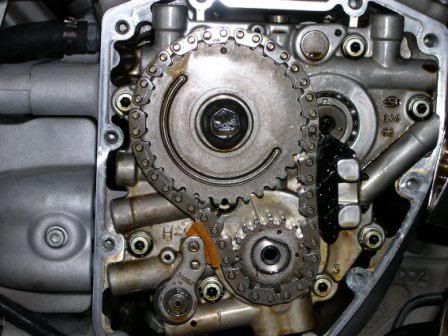I have been wrenching on TCs for years and that's a new term for me. TDC, ATDC and BTDC I am familiar with but OTDC is a new one for me pleas explain.
Adjusting pushrods remains a mystery for the uninitiated DIY guys. There are various ways but the KISS way is to rotate the rear wheel in top gear, plugs removed, until you hear the compression whoosh out of the target cylinder; piston must be on the compression stroke. The piston can be at TDC on the exhaust stroke but the cams in overlap and lifters not completely on the heel/base circle of the cams. Once you hear the compression whoosh ( you can also hold a finger over the plug hole) out of the cylinder INSERT a straw or something similar into the spark plug hole and "bump" the rear wheel until you find TDC. Piston can be a little before or after TDC for pushrod adjustment; adjust pushrods. Rinse and repeat for the next cylinder.
You may have bent a valve if pushrods were not adjusted properly. You could run a compression test before firing up the motor again to verify that a valve has not been bent. If I knew what OTDC meant, I could better respond. Many a valve has been unknowingly bent from improperly adjusted pushrods.:icon_wink:




